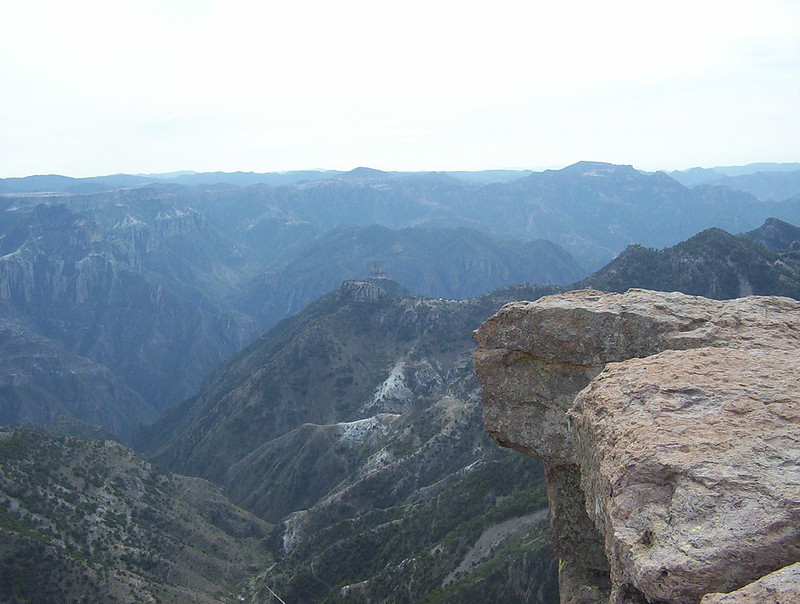Traditional Georgian sports represent a fascinating intersection of cultural heritage and athletic prowess, offering unique insights into the nation’s historical development. From the vigorous mass-participation game of Lelo Burti to the precision-demanding Kabakhi on horseback, these traditional activities have shaped Georgian identity for centuries. While modern sports dominate global attention, Georgia’s ancient athletic traditions continue to enthrall participants and observers alike, combining elements of combat, horsemanship, and community celebration. The distinct characteristics of these sports reveal compelling stories about Georgian values, social structures, and the evolution of competitive activities in the Caucasus region.
Key Takeaways
- Lelo Burti is Georgia’s ancient rugby-like folk sport where villages compete to carry a heavy ball across the opponent’s river boundary.
- Khridoli represents Georgia’s comprehensive martial arts system encompassing wrestling, boxing, fencing, throws, and archery techniques.
- Traditional equestrian sports like Kabakhi, Marula, and Isindi showcase Georgia’s rich horse-riding heritage through racing and mounted competitions.
- Tskhenburti combines horsemanship with racket play, where teams compete to score goals using a felt ball.
- Many Georgian traditional sports are officially recognized as cultural monuments, helping preserve the nation’s sporting heritage.
Lelo Burti
Lelo burti, which translates to “field ball playing,” is an ancient Georgian folk sport that bears strong similarities to modern rugby. This traditional game has deep cultural roots in Georgia, appearing in the notable 12th century epic poem “The Knight in the Panther’s Skin,” and continues to be played occasionally in rural areas today. In 2014, the Georgian government recognized lelo burti as a “nonmaterial monument” of culture, alongside khridoli, a traditional martial art.
The game traditionally took place between two villages, with the playing field often situated between two water courses. Each team consisted of all able-bodied men from their respective villages, with no set limit on the number of players. The objective was straightforward: teams would compete to carry a large, heavy ball across the opposing team’s river boundary. This full-contact sport’s influence extends into modern Georgian rugby union, where the term “lelo” is now used to describe a try. The enduring legacy of lelo burti helps explain the significant popularity of rugby union in Georgia today.
Kabakhi
Among Georgia’s rich tapestry of traditional sports, kabakhi stands as another testament to the nation’s athletic heritage. This ancient sport, dating back to the Middle Ages, was particularly prominent in old Tbilisi’s Ortachala area, where large crowds gathered to witness kabakhoba events in the city center.
The game is played on a field measuring 150 meters in length and 20-30 meters in width, featuring a distinctive 6-meter high mast with a 30-centimeter target bowl mounted at its peak. Teams of mounted riders, equipped with wooden bows and weighted arrows, compete to score points by hitting the target from a distance of 75 meters.
Players, wearing team-specific colored uniforms and assigned numbered positions, must cross a control line after their initial shot to attempt additional hits. The scoring system awards one point per successful hit, with victory determined by both point totals and completion time. A panel of referees oversees the competition, ensuring fair play and adherence to rules. This traditional sport continues to serve as a symbol of Georgian cultural identity, promoting community engagement and preserving the nation’s sporting heritage.
Marula
Deeply rooted in Georgia’s equestrian traditions, marula stands as one of the nation’s oldest and most challenging horse racing competitions. The race covers distances of 8-10 kilometers across diverse terrain, including mountains, ravines, gorges, and rivers, with routes marked by lime and sawdust between villages. Riders compete without saddles, wearing numbered shirts and traditional Georgian attire, while adhering to strict safety protocols including mandatory helmet use.
The competition requires thorough preparation, with horses undergoing 2-3 months of training to build the necessary endurance. Notable breeds like the Megrelian from western Georgia and Tushetian from the east demonstrate exceptional stamina during these events. Officials and spectators position themselves every 100 meters along the route, ensuring fair play and safety.
Key aspects of marula racing include:
- Extensive medical and veterinary support throughout the event
- Supervision by senior, starting, and side referees
- Traditional route marking using lime and sawdust
- Riders competing in national attire without saddles
- Integration of local horse breeds known for endurance
This traditional sport continues to preserve Georgian heritage while showcasing the remarkable bond between riders and their horses.
Isindi
Showcasing the martial prowess of Georgian equestrians, isindi is a traditional team sport that pits twelve skilled riders against each other in a dynamic display of horsemanship and precision. The game features two teams of six riders who compete on a square playground, using a spear-like weapon called isindi to demonstrate their skills and tactical abilities.
The gameplay revolves around riders who must be in full gallop to throw the isindi, while avoiding counter-attacks from opponents. Players who drop their weapon or fall from their horse face elimination, though fallen riders may remount without assistance. Referees maintain order through whistle signals, enforcing rules that prohibit dangerous actions like seizing, hitting, or pricking with the isindi.
Beyond its sporting aspects, isindi holds significant cultural value in Georgia, preserving traditional equestrian skills and encouraging community engagement. As part of the broader ethnosport movement, this traditional game contributes to cultural preservation while promoting international participation. Through local events and competitions, isindi continues to attract spectators, improve cultural tourism, and unite various ethnic cultures through the universal language of sport.
Tskhenburti
Revered as one of Georgia’s most cherished traditional sports, Tskhenburti combines the art of horsemanship with skillful racket play in an exciting team-based competition. The game features two teams of six players each, who compete on horseback while wearing traditional Akhalukhi attire, attempting to throw a white felt ball into the opponent’s goal using wooden rackets.
Players engage in matches divided into two halves of 10-15 minutes each, demonstrating their expertise in both riding and ball control. The sport, governed by the World Ethnosport Confederation, maintains strict equipment standards, including walnut wood rackets with oval-shaped hitting areas and balls measuring 45 centimeters in circumference.
- Teams compete on grass fields using traditional wooden rackets
- Players must demonstrate skilled horsemanship while handling the ball
- Matches promote intergenerational relationships and community bonding
- The sport serves as both entertainment and cultural preservation
- Equipment regulations guarantee safety and fair play
Beyond its competitive aspects, Tskhenburti plays a vital role in preserving Georgian heritage, nurturing community ties, and promoting physical activity among participants. The sport continues to unite generations while maintaining its cultural significance in modern Georgia.
Khridoli
Among Georgia’s diverse athletic heritage, Khridoli stands as an extensive martial art system encompassing five distinct combat disciplines. These components include khardiorda for wrestling techniques, krivi for boxing skills, p’arikaoba which focuses on fencing, rkena which incorporates throws and grabs similar to those found in Sambo and judo, and traditional archery.
In old Tbilisi, Khridoli was originally known specifically as a form of one-handed boxing, as documented in the historical dictionary by writer Ioseb Grishashvili. The sport featured a unique dueling format where challengers engaged with one hand tied, while their opponents could use both hands freely. Following Georgia’s independence from the Soviet Union, there was a renewed interest in traditional martial arts, leading to the establishment of the Khridoli Federation in 1993. The art’s cultural significance was formally recognized in 2014 when the Georgian government designated it as a “nonmaterial monument” of culture, alongside lelo burti, a traditional sport resembling rugby. This designation helped preserve Khridoli’s place in Georgia’s rich sporting tradition.

